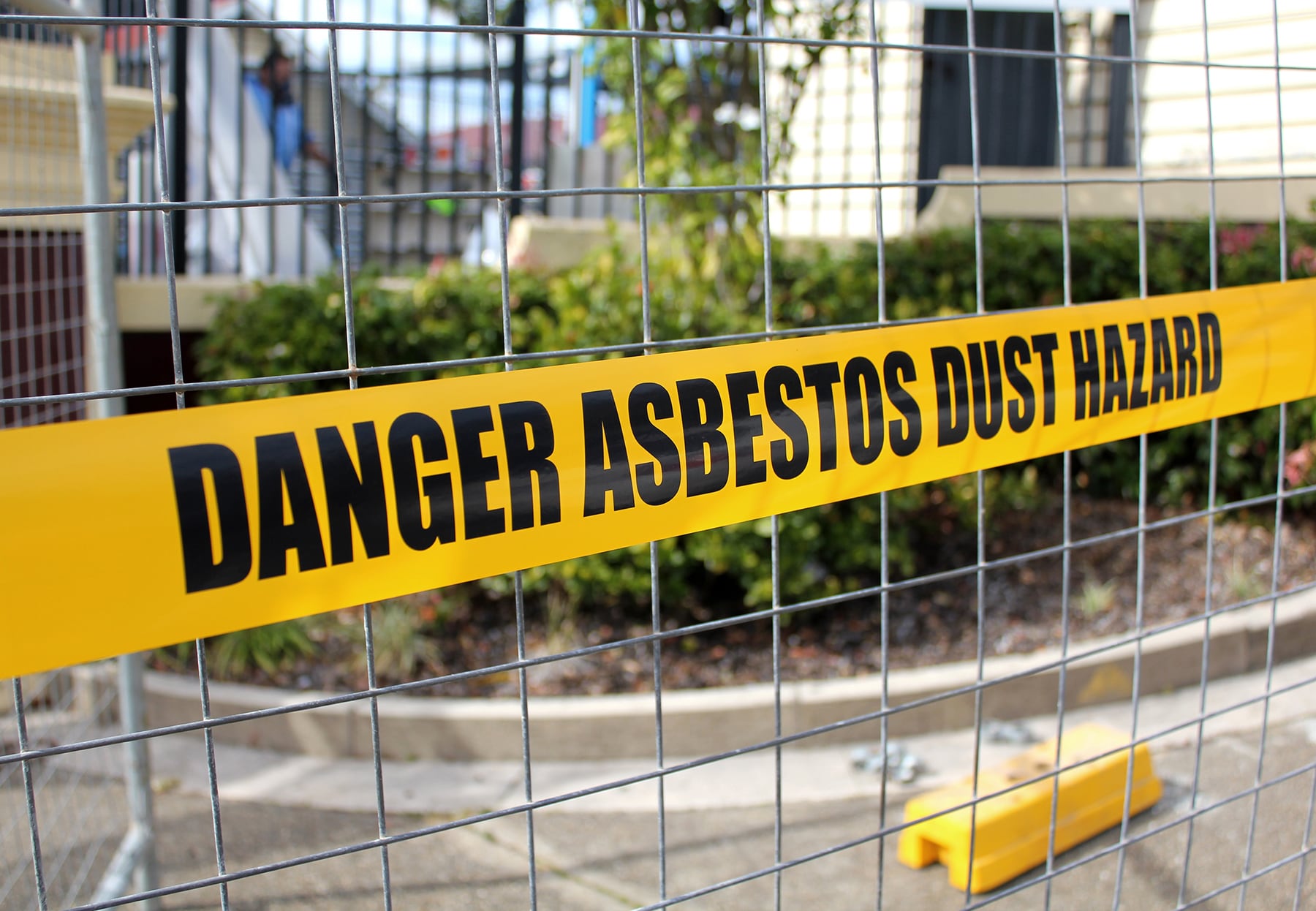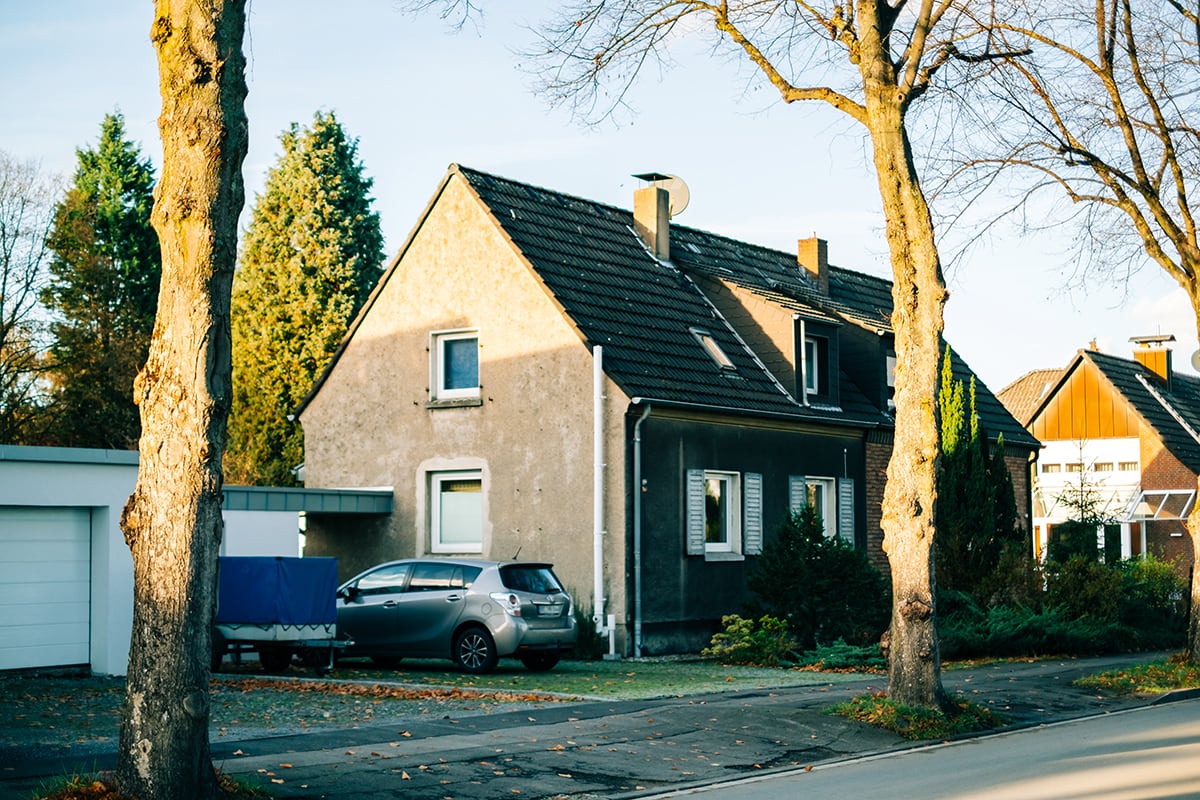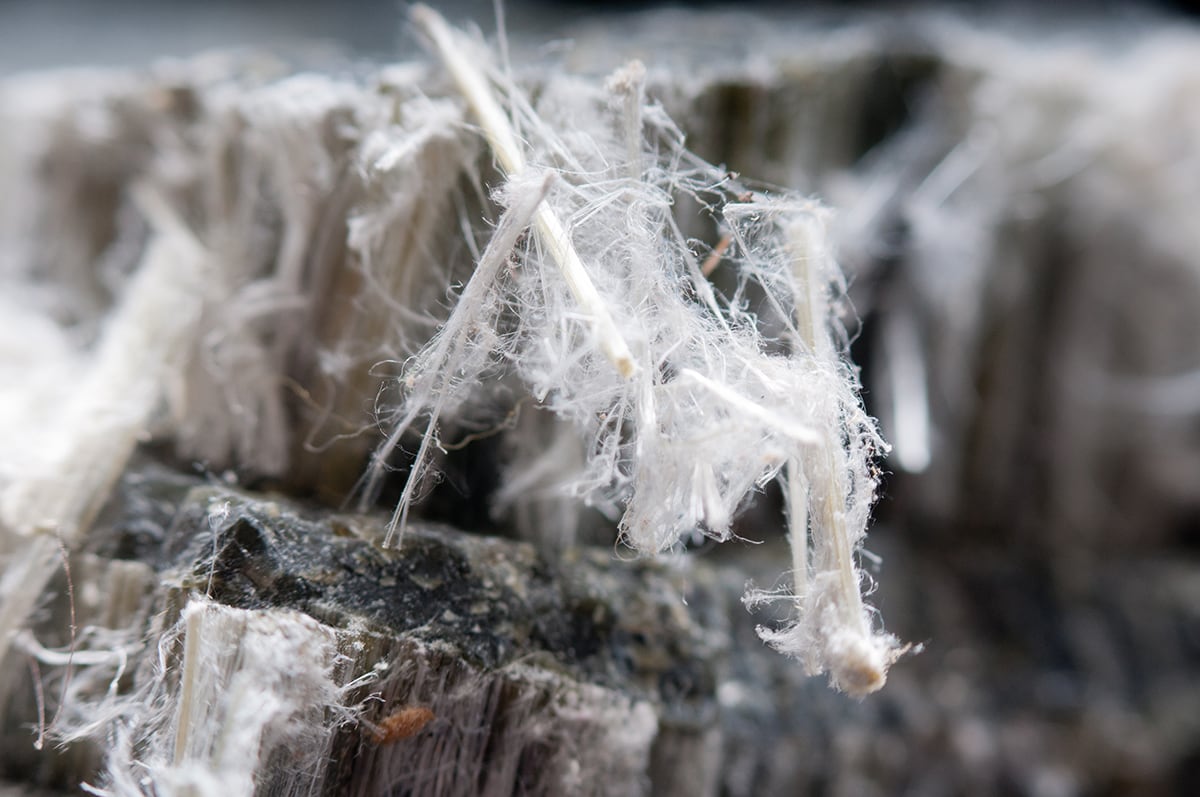
The unsettling discovery of asbestos in your home or business can raise serious concerns about your safety and well-being. If you find yourself feeling unsure and apprehensive about how to handle asbestos-related issues, you're not alone.
Understanding Asbestos: A Silent Threat
Asbestos, a mineral fibre extensively used in construction materials, is an effective insulator but poses severe health risks. When disturbed, its small, lightweight fibres become airborne, leading to inhalation risks and health problems that may surface years later.
Hiring professionals trained in asbestos abatement and removal is crucial due to the absence of a safe level of exposure.
Health Hazard: Clear Link To Asbestosis, Lung Cancer And Other Cancers
Asbestos fibres are carcinogenic to humans, establishing clear to lung cancer and other cancers.
Asbestos exposure can also lead to asbestosis, a severe condition characterized by the formation of scar tissue in the lungs.
Historical Roots and Present Risks
Dating back to the Stone Age, asbestos has a long history in construction worldwide. Buildings constructed before 1990 in Victoria, Nanaimo, and Vancouver Island may contain asbestos.
However, there are also some buildings built after 1990 that contain asbestos, so take that date with a grain of salt.
Deaths from Asbestos Exposure
WorkSafeBC reported asbestos exposure as the leading cause of work-related deaths in the province between 2002 and 2022, resulting in 1,168 fatalities.
In 2022 alone, asbestos-related deaths constituted a third of all workplace fatalities, with a significant portion occurring in the construction industry.

Asbestos In My Home Or Business: Am I In Danger?
Asbestos in building materials doesn't necessarily pose a risk. It becomes hazardous when damaged or disturbed, releasing fibres into the air.
If you suspect asbestos in your home or building, consulting professionals for testing and safe removal is highly recommended.
Commonly Used Materials: How To Identify Asbestos
Asbestos has been commonly used in roofing materials, insulation, flooring, ceiling tiles, textured coatings, cement products, plaster, joint compounds, pipes, electrical components, fireproofing materials, and miscellaneous items. With approximately 4,000 products containing asbestos, recognition is not always possible by visual inspection alone.
Key points for identifying asbestos include:
Consider the Product's Age
Products made before the 1980s are more likely to contain asbestos, as its use was widespread in construction materials until its prohibition in Canada in 2018.
Check for Warning Labels
Some items may have caution labels indicating the presence of asbestos. However, this method is not foolproof, as not all asbestos-containing products are labelled.
Opt for a Professional Asbestos Assessment
Conducting a professional asbestos survey involves obtaining samples of suspect materials and testing them in a laboratory. This method is the most reliable for accurately identifying asbestos.
Be Aware of Common Asbestos-Containing Products
Asbestos was frequently used in construction materials like insulation, roofing tiles, and cement, as well as consumer items like brake pads and thermal insulation for appliances. If these items are suspected, it is advisable to have them examined by a certified asbestos surveyor.
Visual Identification of Asbestos is Tricky
Despite these methods, identifying asbestos by visual inspection alone is challenging due to the small size of asbestos fibres. Professional testing through an asbestos survey remains the most accurate approach to determining the presence of asbestos in materials.

Safety First: New WorkSafe BC Regulations January 1, 2024
Concerning licensing and certification, amendments to the Workers Compensation Act in spring 2022 instituted asbestos licensing and certification requirements.
Starting January 1, 2024, employers undertaking asbestos abatement work must be licensed to operate in B.C., and individuals performing such work must undergo proper training and certification.
Find a Licensed Contractor at WorkSafeBc
The employers listed on the WorkSafe BC site above have successfully fulfilled specific criteria,
showcasing their dedication to ensuring their workers are certified and
maintain strict adherence to safety standards.
These legislative changes also granted WorkSafeBC the authority to establish and manage the licensing and certification regime. These changes aim to strengthen regulations and address the historical lack of a comprehensive licensing and training system in British Columbia.
The Role of Licensed Professionals
Ensuring the safety of everyone involved in asbestos-related projects is paramount. Hiring licensed asbestos abatement professionals and certified workers is a crucial step.
First General Vancouver Island, with its staff of licensed professionals in Victoria and Nanaimo, prioritizes safe work and is ready to serve homeowners, business owners, and contractors. Our team members have specialized training in asbestos remediation and restoration, if you have a possible asbestos situation call us right away.
How We Work
If you find yourself in the unfortunate situation of having asbestos in your home or business, here is what you can expect from our team as we can safely remove it:
Step 1
The team at First General will facilitate an assessment of the presence of hazardous materials in coordination with an environmental hygiene firm to ensure you have accurate information and evaluation of any potential risk.
Step 2
We will communicate the costs for the removal of asbestos and will outline the safety measures that will be followed.
Step 3
A project manager will outline all the potential risks and create and execute a plan for the safe removal of hazardous materials.
Make Your First Call First General
Your safety is our priority. Trust in the expertise of our licensed professionals at First General Vancouver Island for comprehensive asbestos testing and safe removal services. Contact us today for a secure and informed asbestos removal experience.
FAQs: Your Informed Guide
What does asbestos do to you?
Laboratory studies and studies of asbestos workers show us that asbestos can make you sick. If you breathe asbestos fibres, you may increase the risk of several serious diseases, including asbestosis, mesothelioma and lung cancer.
Is asbestos banned in Canada?
While certain uses of asbestos are banned, it is not entirely banned. It is still present in some products and buildings constructed before regulations restricted its use. The Government of Canada banned almost all asbestos and asbestos-containing products in 2018.
How many people have died from asbestos in Canada?
Between 2000 and 2016, nearly 7,000 Canadians died from mesothelioma caused by asbestos exposure. WorkSafeBC reported that almost one-third of these deaths are from the construction industry.
What is asbestos used for?
Historically, asbestos was used for its fire-resistant and insulating properties in construction materials.
What should you do if you are exposed to asbestos?
Seek medical attention immediately. Inform your healthcare provider for proper evaluation and monitoring.
What is the treatment for asbestos exposure?
There is no cure; treatment focuses on managing symptoms and improving quality of life.
Can asbestos be removed from the lungs?
No, asbestos fibres cannot be removed. Prevention and early detection allow for better management.
How long does it take asbestos to affect you?
Chronic and progressive lung disease is caused by inhaling asbestos fibres over a long period. It may take five to 20 years before symptoms develop. The accumulated, inhaled asbestos fibres produce scarring (fibrosis) of the lung.
